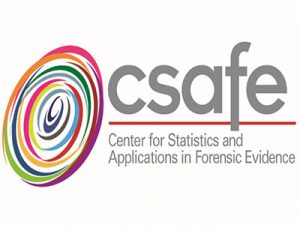Judge Edelman’s ruling in the Tibbs case was just published. The Judge described the motion by the defense as follows:
In this case, the defense raised and extensively litigated its objection to the government’sproffer of expert testimony regarding firearms and toolmark identification, a species of specialized opinion testimony that judges have routinely admitted in criminal trials. Specifically, the government sought to introduce the testimony of the firearms and toolmark examiner who used a high-powered microscope to compare a cartridge casing found on the scene of the charged homicide with casings test-fired from a firearm allegedly discarded by a fleeing suspect.According to the government’s proffer, this analysis permitted the examiner to identify the recovered firearm as the source of the cartridge casing collected from the scene. The defense argued that such a conclusion does not find support in reliable principles and methods, and thus must be excluded pursuant to the standard set by the District of Columbia Court of Appeals inMotorola Inc. v. Murray, 147 A.3d 751 (D.C. 2016) (en banc); by the United States Supreme Court in Daubert v. Merrell Dow Pharms., Inc., 509 U.S. 579 (1993); and by Federal Rule of Evidence 702.
The Court explained:
After conducting an extensive evidentiary hearing in this case—one that involved detailed testimony from a number of distinguished expert witnesses, review of all of the leading studies in the discipline, pre- and post-hearing briefing, and lengthy arguments by skilled and experienced counsel—this Court ruled on August 8, 2019 that application of the Daubert factors requires substantial restrictions on specialized opinion testimony in this area. Based largely on the inability of the published studies in the field to establish an error rate, the absence of anobjective standard for identification, and the lack of acceptance of the discipline’s foundational validity outside of the community of firearms and toolmark examiners, the Court precluded the government from eliciting testimony identifying the recovered firearm as the source of the recovered cartridge casing. Instead, the Court ruled that the government’s expert witness mustlimit his testimony to a conclusion that, based on his examination of the evidence and the consistency of the class characteristics and microscopic toolmarks, the firearm cannot be excluded as the source of the casing. The Court issues this Memorandum Opinion to further elucidate the ruling it made in open court.
The 56 page ruling describes the evidence adduced at the hearing, precedent, research, and more. Finally, the judge concluded:
For all of these reasons, the government’s expert may testify that based on his examination, the recovered firearm cannot be excluded as the source of the cartridge casing found on the scene of the alleged shooting. This formulation of the expert’s opinion is limited tothe principles and methodologies which the evidence supports as sufficiently reliable. Any statements by the expert involving more certainty regarding the relationship between a casing and a firearm would stray into territory not presently supported by reliable principles and methodology.

